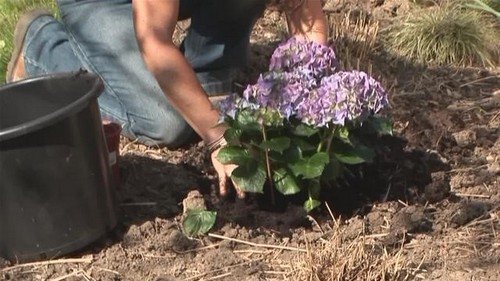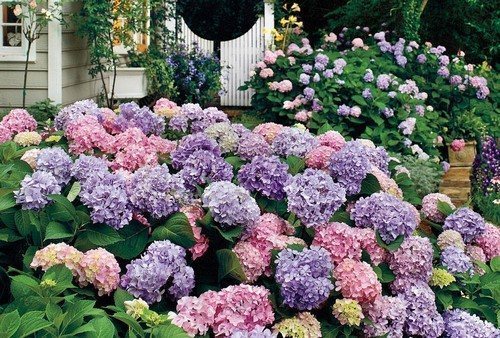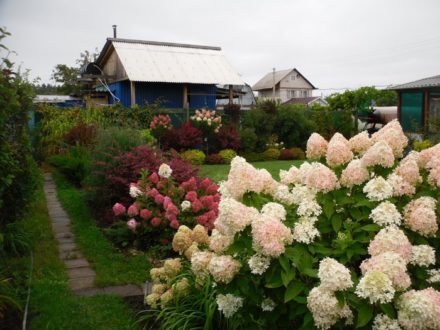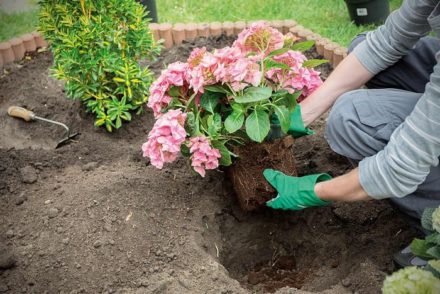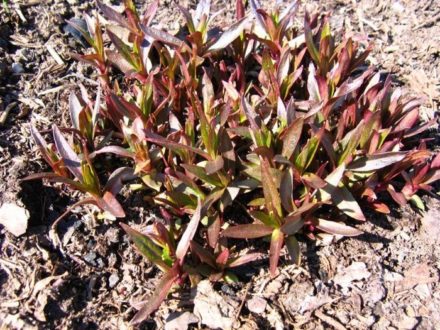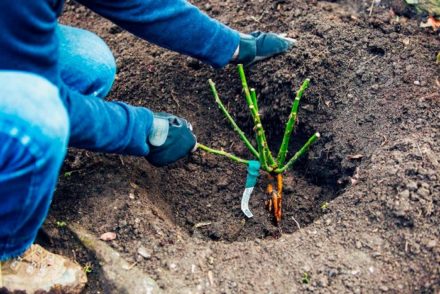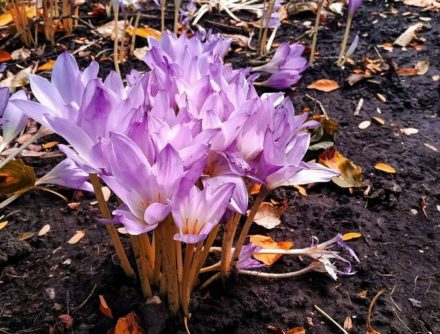Hydrangea begins to form buds for flowering next year in August, September or October, depending on the variety. This happens when flowering is complete and the plant is preparing to rest. Therefore, in the autumn, the bush should not be left without attention. They continue to care for the hydrangea, preparing it for winter. 5 useful tips will help flower growers in this matter.
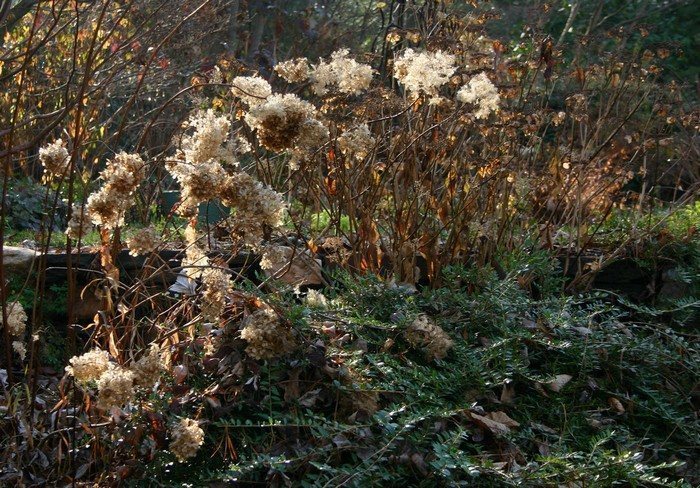
Subtleties of pruning
Most hydrangeas require annual pruning to bloom profusely. It can be carried out both in spring and autumn. In autumn, the procedure begins at the end of September or at the beginning of October. The plant will have time to recover from stress.
In the south, where winters are warm, it is better to postpone pruning until spring. Above-zero temperatures in late autumn can provoke the growth of shoots that will freeze when frosts arrive. For the first 2 years of life, the bush is not touched. Subsequently, sanitary and formative pruning is carried out. For old bushes, this technique is used for the purpose of rejuvenation.
Pruning rules for different types of hydrangea:
- Tree-like. Shoots growing to the sides are removed completely. Vertically directed branches are pruned, leaving 2–3 pairs of buds.
- Paniculata. Remove weak and immature shoots. Strong branches are shortened, leaving 3–4 internodes.
- Large-leaved.Weak and twisted branches, as well as shoots bending towards the ground, are cut out.
- Chereshkova. This type of hydrangea characterized by vine-like growth. In the first years, the plant is not disturbed by pruning. Long stems are secured to a support. Subsequently, weak branches and shoots are cut out, which reduce the decorative effect of the composition.
Annual pruning is not recommended for large-leaved hydrangeas, since they bloom on last year's shoots. You can only thin out the bush slightly by removing weak and broken branches.
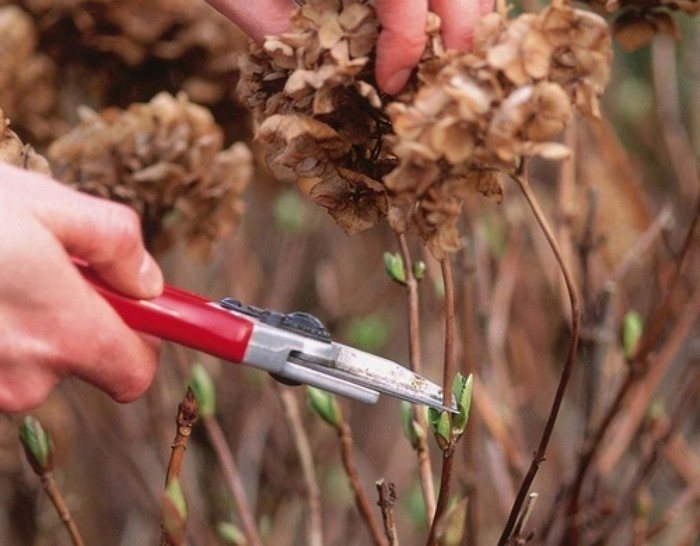
Watering regime in autumn
Hydrangea is a moisture-loving plant; water it regularly with plenty of water. However, this rule applies to the spring and summer seasons. In autumn, abundant watering of hydrangea is contraindicated. In September, the plant stops watering. An exception can be made if it is a warm and dry autumn. Under such conditions, the bush can be watered 1-2 times.
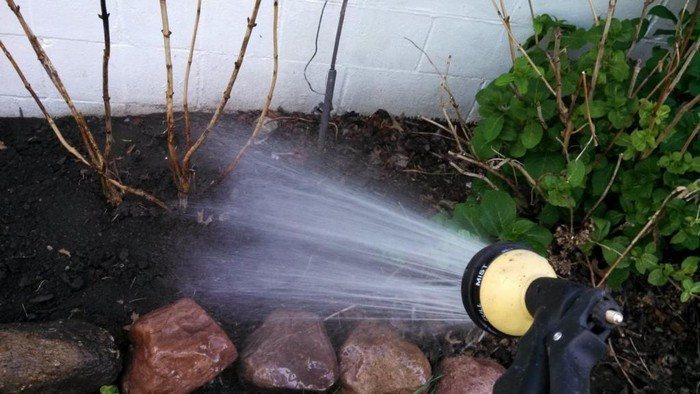
Autumn feeding
One of the measures to prepare hydrangeas for winter is autumn feeding. It is held in the last days of September or early October. Plants must have time to absorb nutrients, because at low temperatures the roots cease to perform their absorption function.
To lay flower buds and increase winter hardiness, the plant needs elements such as phosphorus and potassium. 50 g of superphosphate and 25 g of potassium sulfate are embedded in the trunk circle. As an alternative, you can use fall garden fertilizer.
It is also possible to apply fertilizer in liquid form. Before this, the bush must be watered with plain water.Fertilizer such as wood ash is not suitable for hydrangeas, although many gardeners love it. The ban is due to the fact that ash alkalizes the soil, and hydrangeas need acidic soil. Nitrogen fertilizers that stimulate the growth of green mass should not be given in the autumn.

Treatment against diseases and pests
The flowering of a diseased plant becomes scarce. To protect hydrangea from diseases and pests, preventive treatment is carried out in the fall. For spraying, use 3% Bordeaux mixture.
The composition is quite toxic; when working with it, wear a respirator, safety glasses, and closed clothing. After spraying the bush, the remaining solution is poured into the tree trunk area. Pests and their larvae often hide in the top layer of soil for the winter.
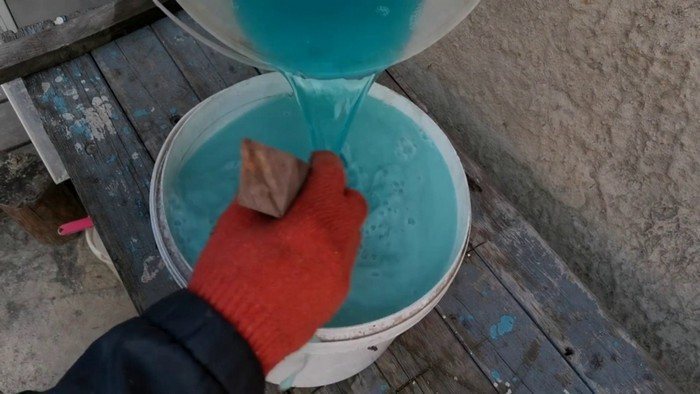
Shelter for the winter
Not all varieties of hydrangeas need shelter for the winter. Paniculata and tree varieties tolerate frost well in open ground. Large-leaved hydrangea has the lowest winter hardiness, so it must be covered. Young plants that have not reached two years of age also need shelter, regardless of the variety.
Large-leaved hydrangea is first mulched with a mixture of peat and compost or compost and pine needles. If you don’t have any of the above on hand, regular garden soil will do. The optimal height of the mulching layer is 12–15 cm. It is necessary to mulch not only the base of the bush, but also the entire circle around the trunk (60–80 cm in diameter).
Before covering work, the branches of the bush are tied with twine. The top of the bush is wrapped in two layers of thick spunbond. Secure the covering material with a rope.After this, a mesh frame is installed around the bush and filled with dry leaves.
The frame shelter is protected from moisture by covering it with film. Some people lay the bush on boards and insulate it layer by layer with dry leaves, non-woven material, roofing felt or film. For paniculate and tree hydrangeas, one mulching performed according to the same principle will be sufficient.
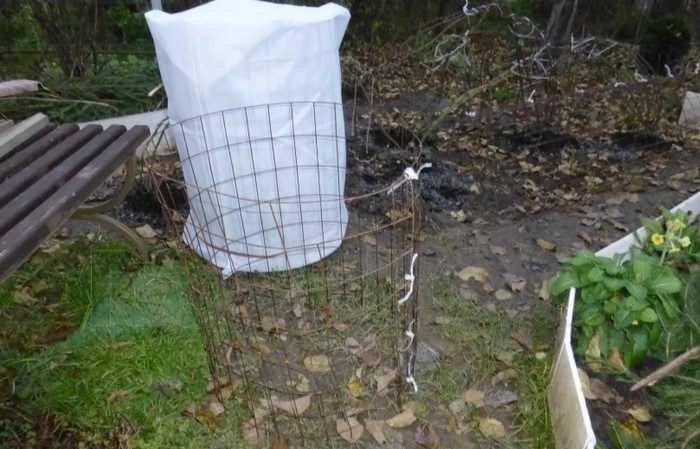
The purpose of autumn care is to strengthen the bush before wintering, protect it from disease, depletion and freezing. The role of pruning, which is carried out taking into account the variety of hydrangea, is also important. If everything was done correctly, the bush will definitely bloom lushly next year.


